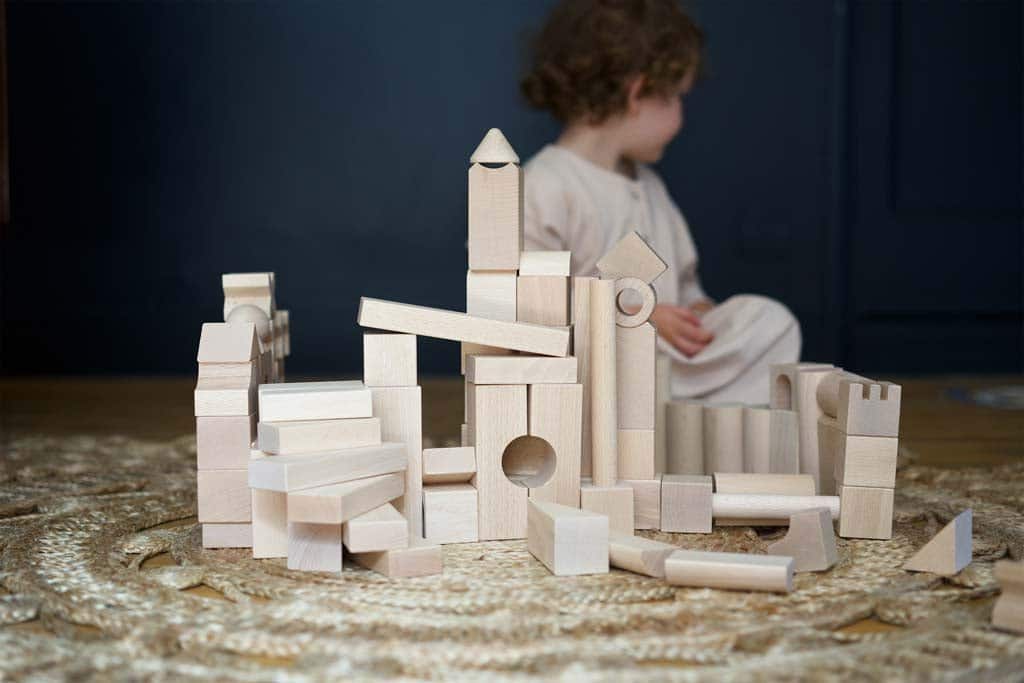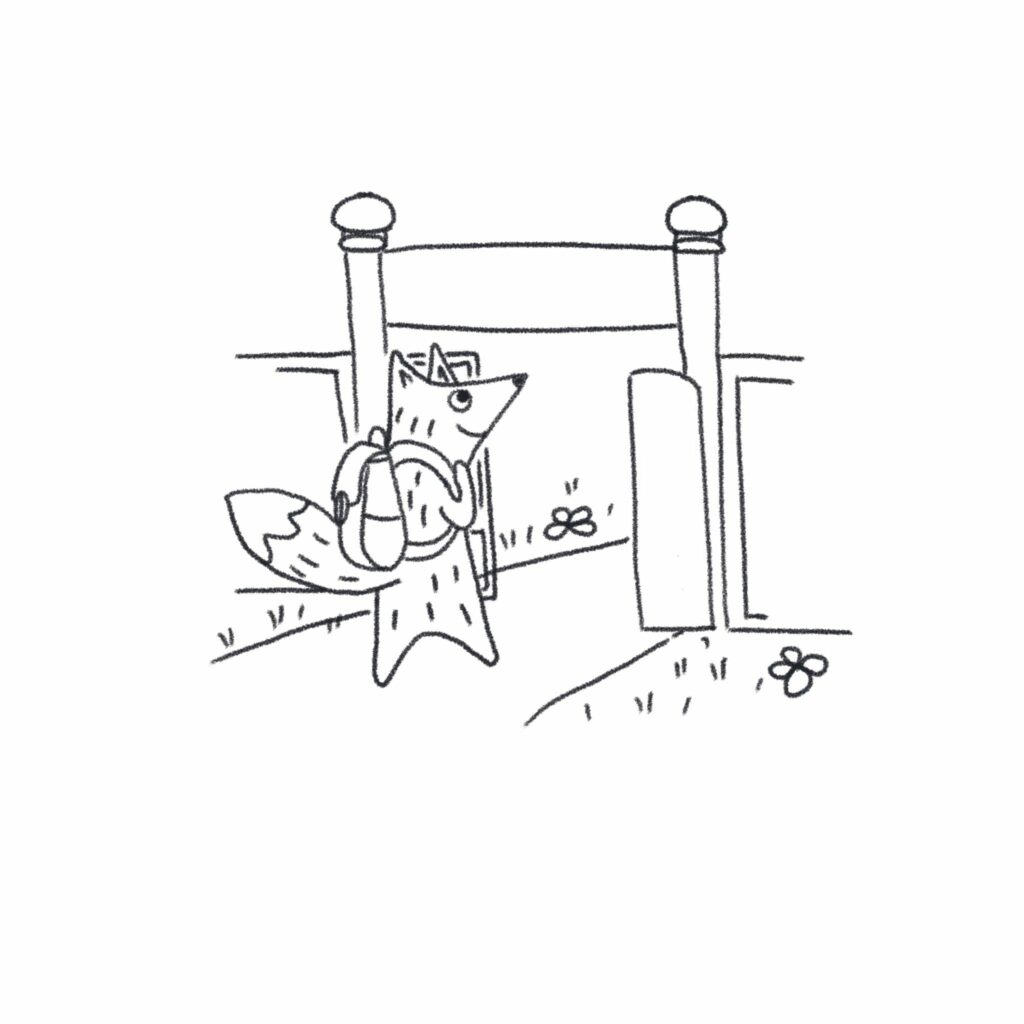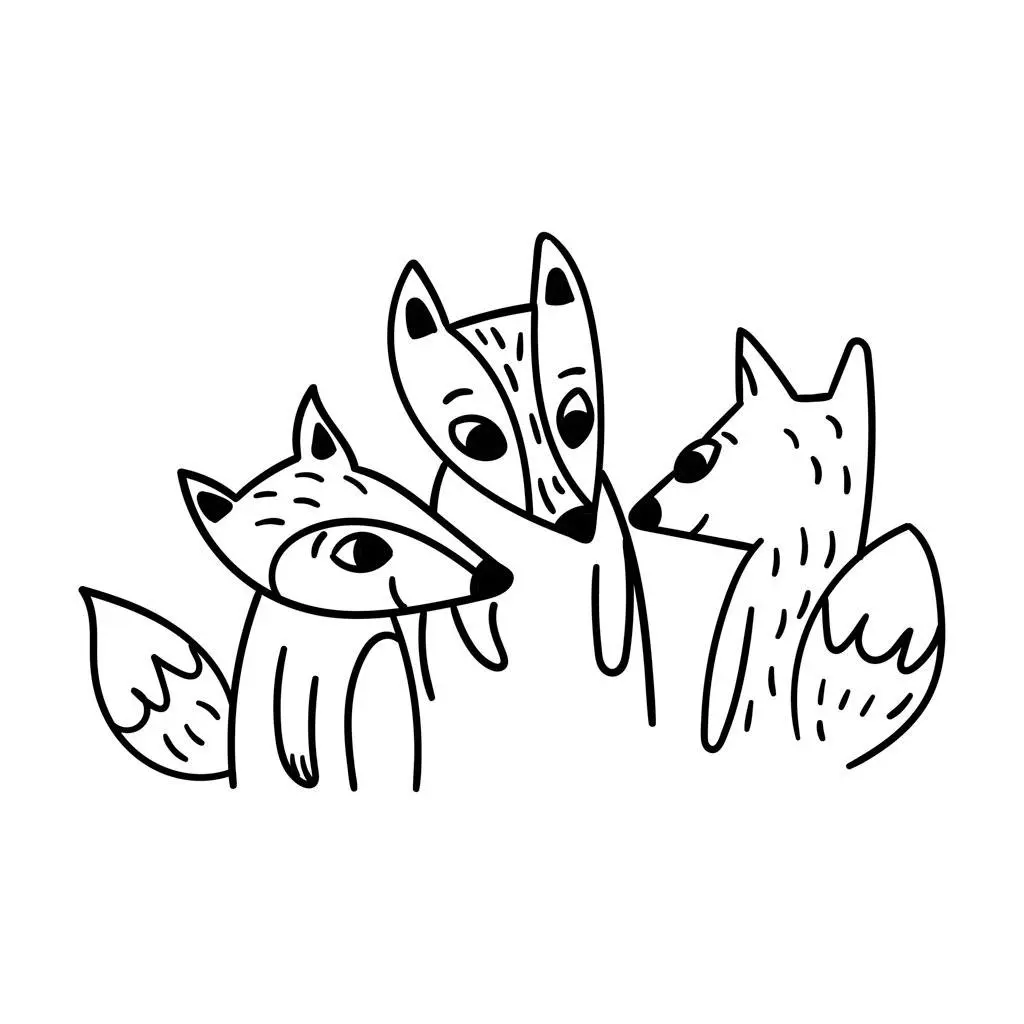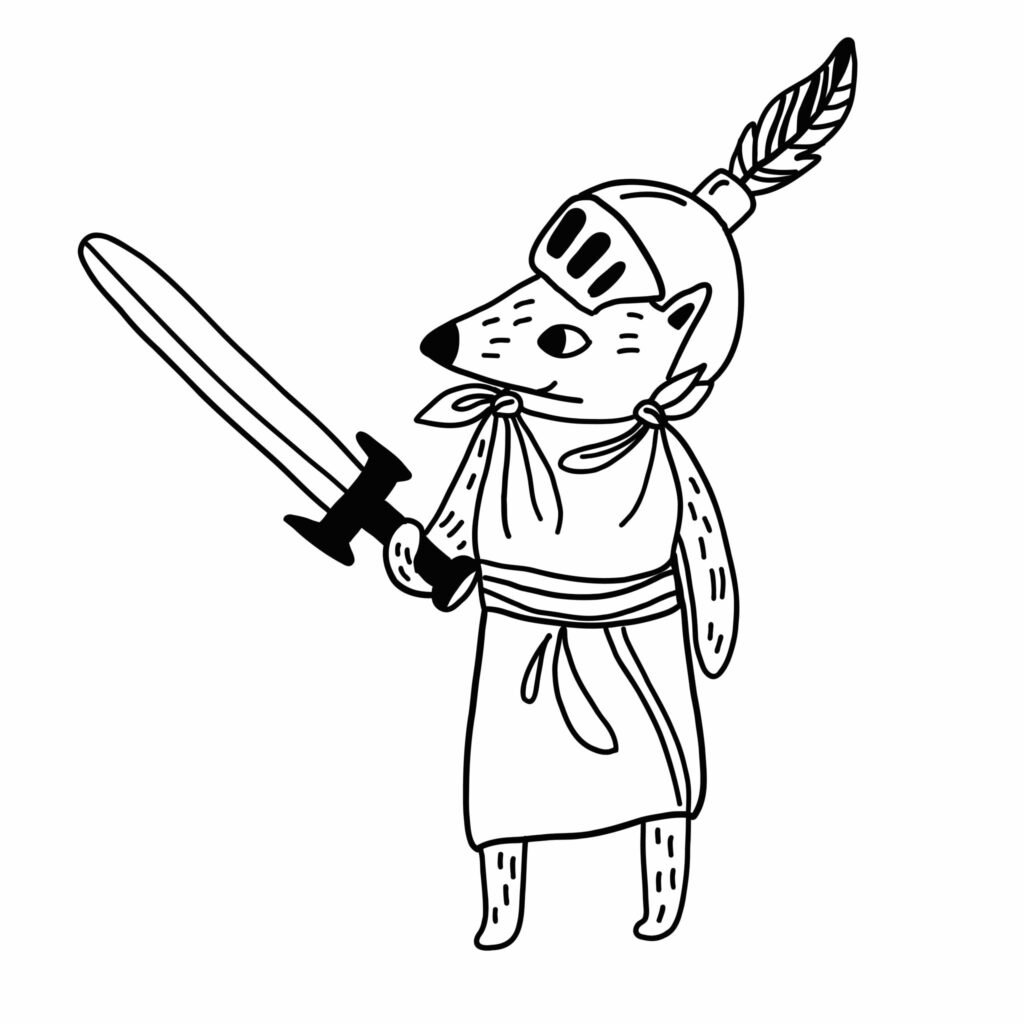Are you familiar with this illustration:

It’s Bloom’s taxonomy.
A taxonomy is a classification, and here we are classifying thought.
Some cognitive challenges are harder than others. Basic recall (the bottom of the pyramid) is fairly straightforward (until you get to my age, at least!). Applying what you know is more of a challenge and that’s why applying, analysing and evaluating are known as the higher-order thinking skills.
Creativity sits at the top.
The taxonomy was created to help educators design curricula but it’s also helps us at home when we play with our children.
When you’re reading a story at bedtime, you can stretch your child’s thinking by asking questions about the book. A Level 1 question (recall), will not be very challenging. Whose chair did Goldilocks break?
Much better to ask questions from higher up the pyramid:
If Goldilocks tried on the bears’ clothes, whose clothes would she have liked the most? [Applying]
Should Goldilocks have run away or stayed to talk to the bears and apologise? [Evaluating]
Can you tell me a story about a child who did something wrong? [Creating]
Can you see how at each level the challenge increases?
Can you also see how this applies to play?
How would you build that tower differently next time?
If you could add another type of block, what would it be?
There are times when it’s right to operate at the base of the pyramid. Everyone has to learn their spellings and times tables. But for a lively and agile mind, higher-order thinking is essential.





